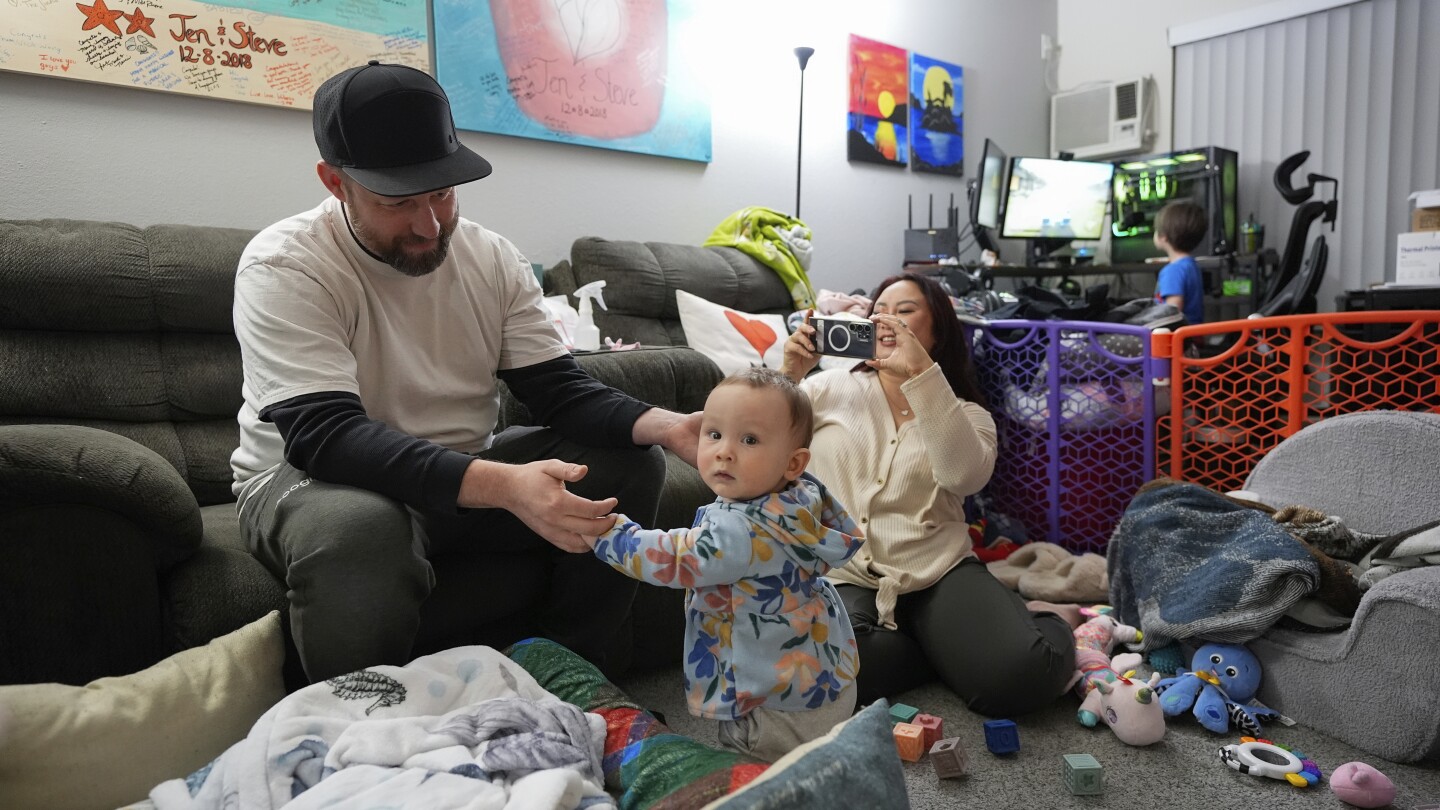Is the American Dream Still Alive? Understanding the Housing Market Crisis
The phrase “American Dream” evokes visions of prosperity, homeownership, and the pursuit of happiness. However, as home prices and mortgage rates continue to rise, countless families are left questioning whether this dream is still attainable. The current landscape of the housing market presents significant challenges for prospective homeowners, often leaving them grappling with uncertainty and frustration. This article delves into these obstacles, explores the implications for families, and considers potential solutions to this growing crisis.
The Current State of the Housing Market
In recent years, the housing market has experienced a surge in prices, with many cities reporting record highs. According to the National Association of Realtors (NAR), the median home price in the United States reached approximately $400,000 in 2023, marking a steep increase from previous years. Coupled with rising mortgage rates, which have climbed to nearly 7%, the dream of homeownership seems increasingly out of reach for many families.
These escalating costs are not just numbers on a page; they have real-life implications. Families across the nation are facing difficult choices, often sacrificing quality of life for the chance to own a home. The American Dream, which once symbolized stability and prosperity, is now seen by many as a distant goal.
Challenges Facing Prospective Homeowners
The struggle to attain the American Dream is multifaceted. Here are several key challenges that families encounter:
- Affordability: With home prices soaring, families are finding it increasingly difficult to afford down payments and mortgage payments. The traditional rule of thumb suggests that a family should spend no more than 30% of their income on housing, but for many, this guideline has become obsolete.
- Increased Debt: Many families are turning to loans and credit to bridge the gap. However, accumulating debt can lead to financial instability, making it even harder to secure a home.
- Competitive Market: The demand for homes often outpaces supply, leading to bidding wars that drive prices even higher. Families frequently find themselves outbid, leaving them feeling discouraged and defeated.
- Economic Uncertainty: Fluctuations in the economy can cause anxiety for prospective buyers. Concerns about job stability and income can further complicate the decision to purchase a home.
Impact on Families and Communities
The rising home prices and mortgage rates have a profound impact not only on individual families but also on communities as a whole. Here are a few notable consequences:
- Displacement: As housing costs escalate, many families are forced to relocate to less desirable neighborhoods, which can disrupt community ties and affect children’s education.
- Increased Rent Burden: With the dream of homeownership slipping away, more families are forced to rent, contributing to a rise in rental prices and creating a cycle of financial strain.
- Socioeconomic Segregation: The inability to afford homes in certain areas can lead to a concentration of wealth and poverty, further entrenching social divides.
Exploring Potential Solutions
While the challenges are daunting, there are potential solutions that could help revive the American Dream for families across the country. Here are some strategies worth considering:
- Affordable Housing Initiatives: Governments and local organizations can work together to create affordable housing projects. These initiatives can provide families with access to homes that fit their budgets, promoting inclusivity.
- First-Time Homebuyer Programs: Programs that offer assistance with down payments or reduced mortgage rates can make homeownership more accessible. Many states and municipalities have such programs in place, and increasing awareness could help more families take advantage of them.
- Financial Education: Empowering families with knowledge about budgeting, saving, and navigating the home-buying process can significantly impact their ability to purchase a home. Workshops and resources provided by community organizations can foster financial literacy.
- Policy Reforms: Advocating for policy changes that promote housing equity and affordability can be crucial. This includes zoning reforms that allow for more diverse housing options and measures to curb speculative buying that drives prices up.
Conclusion: A Hopeful Outlook
While the current challenges facing families in the pursuit of the American Dream are significant, it is essential to remain optimistic. By addressing the issues of rising home prices and mortgage rates through collaborative efforts between governments, organizations, and communities, there is potential for a more equitable housing market.
Families need to feel empowered to dream again, to believe that homeownership is not just a fantasy, but a reality within their reach. The American Dream is not dead; it is simply evolving. With dedication and innovative solutions, we can work towards a housing landscape that allows all families to thrive.
In this journey, we must remember that the essence of the American Dream lies not just in owning a home, but in building a community, fostering connections, and creating a better future for generations to come. Together, we can ensure that the dream remains alive and attainable for all.
See more CCTV News Daily



